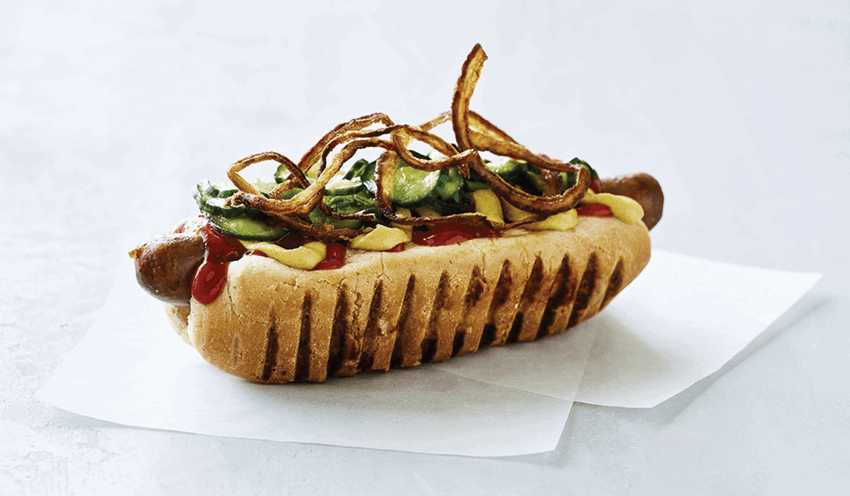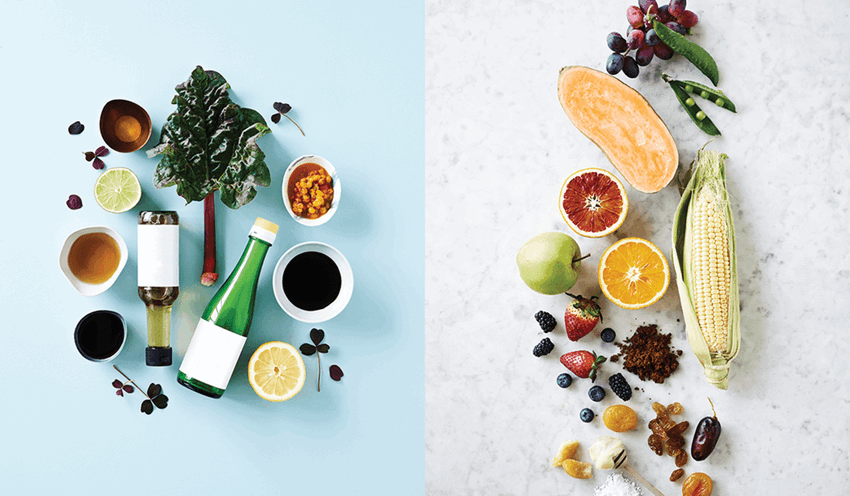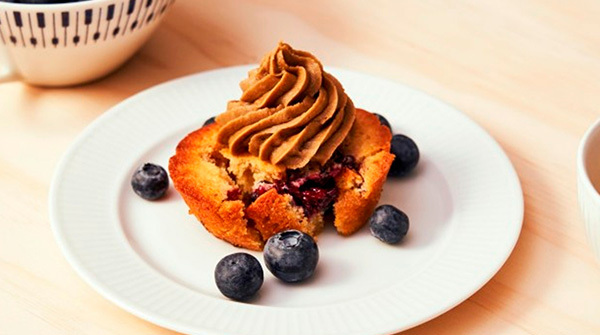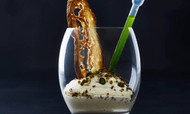Why is a hot dog the ultimate taste sensation? Why do we humans have such a sweet tooth? And why does a crunchy liquorice ball appeal to our brains? We talked to the chef and taste consultant, Rasmus Bredahl about the ultimate meal, and about how our brains perceive tastes via a number of sensory impressions; not just via our tongues.
Taste is not something that simply takes place on our tongues and in our mouths. Taste is a thrilling jumble of sensory impressions, inherited instincts, behavioural and psychological mechanisms and personal memories. In recent decades and especially in the past few years, an increasing amount of research has been conducted into how taste actually works.
Together with the journalist, Nikolaj Buchardt, the chef, Rasmus Bredahl published the successful book, Neurogastronomy - The Secret of the Perfect Meal, which is already in its third edition. The book is based on scientific insights into the secrets of our perception of taste, going on to provide wonderful, specific tips on how to make everyday meals even tastier. Because taste is not something that simply takes place on our tongues.
The classic perception of taste was that it is our tongues that do the tasting. When I went to school we learned that the tongue had various geographical areas, which registered whether something was sour, sweet, salty or bitter. But that is totally wrong. Though they only discovered that over the past 20 years. In general, taste is a much under-researched sense when compared to the other senses. Way back in ancient Greece, taste was regarded as an animal sense, whereas hearing, seeing and touching were considered delicate senses, explains Rasmus Bredahl.
In recent years, neurogastronomy has become a trend in the field of food research, providing much-needed insights into what actually occurs when human beings taste something.

It is not the tongue that does the tasting
Instead of focusing merely on the tongue, neurogastronomists believe that only 20% of our perception of taste takes place on the tongue. The remaining 80% comes from what we smell, see and hear, from our memory, from our mood, from the context we are in and from the tactile sensation in our fingers. Together, all these factors are electrical signals that are sent to our brain. It is then the brain and not the tongue that does the tasting. So there is an abundance of sensory knobs you can turn, when serving a perfect dinner, for example. Taste is not a case of one to one. Taste is impressionable. In other words, neurogastronomy is all about the total sensory experience.
You can get a sense of the fact that the taste sensation is more than just something that takes place in the mouth by holding your nose when tasting something. Most of us are familiar with that feeling when we have a cold, of food tasting like almost nothing. As Rasmus Bredahl puts it, it is like "tasting in black and white."
Cerebral entertainment in a liquorice ball
In his book, Neurogastronomy Rasmus Bredahl picks the toasted hot dog as a key example of the total, perfect taste sensation, which contains all five of the basic tastes: sweet, sour, bitter, salty and umami.
“In purely sensory terms, the hot dog really hits the mark. You get sweetness from the bread, saltiness from the sausage, bitterness from the mustard, sourness from the gherkin and umami from the ketchup. There is also the bendiness of the sausage and the crispness of the fried onions to complement the soft feel of the bread. The brain really has some exciting impressions to work on.”
Another example of a holistic sensory experience could be a liquorice ball with a crispy shell, creamy chocolate and an elastic liquorice core. How does such a liquorice ball 'entertain' the brain?
“Ever since our time as hunter-gatherers, crispiness has been an indicator of freshness for us. When we are given something that has a crunch to it, we think subliminally of stalks, roots and other fresh, edible, natural foods. Think how much we enjoy the soft counterpoint of a dip when eating crisps. Softness and crispiness complement one another incredibly well. The brain simply needs entertainment. The more textures there are, the more exciting it is for the brain. And if something is a bit chewy and you munch it thoroughly, the taste remains in your mouth for a long time. So the rubber-like quality of liquorice really appeals to us. For example, your passion fruit B liquorice balls have both textural opposites and taste opposites. There is the acidic freshness, the slight bitterness of the liquorice and the sweetness of the chocolate, all of which appeal to the brain.”

We all have a sweet tooth
Across the ages, sweetness has really appealed to humans, and it is certainly no secret that everyone has a sweet tooth. This is another of the instinctive behavioural patterns we have acquired over thousands of years, which come into play when we are attracted to sweets.
“That is because the brain knows that the quickest route to quick energy is sugar. That is why all of us have a sweet tooth. Our brains were created at a time when sweet things were at a premium. We are actually created for lack of food rather than excess food. So when we get something sweet, it triggers a whole load of enjoyment impulses in our brains. It also forms endorphins, which we also get, for example, from sex or other enjoyable experiences. The brain rewards us for doing some things that are good for us: good for our survival and good for our reproduction, which, in purely biological terms, is why we are here. That is why sugar is also addictive and why we also have to be careful not to pour tons of sugar and sweets down our throats. It is better to choose something of high quality and then eat a little less of it.”
Try one of our many chocolate coated liquorices and see if your senses are awakened!




